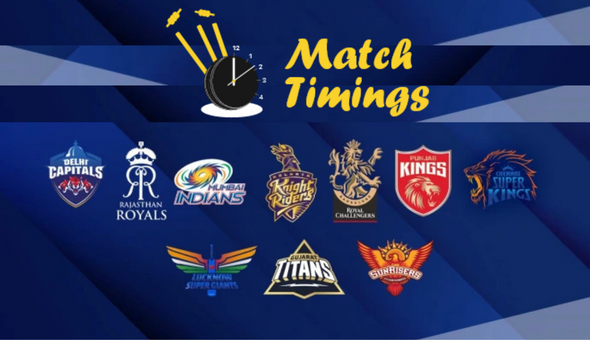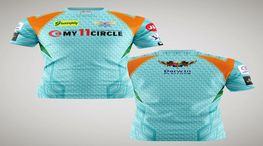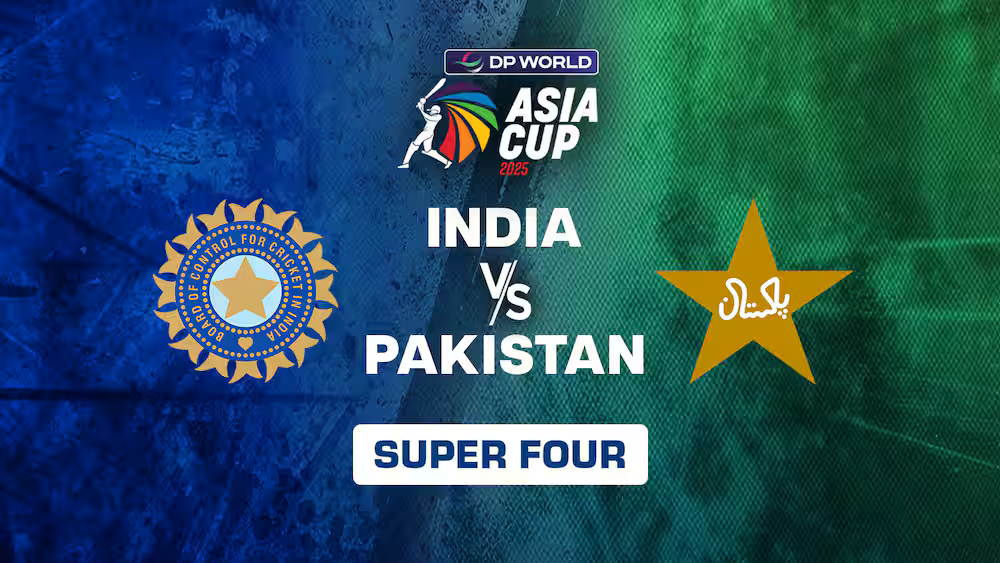List of Leagues
Tennis
Tennis is a racquet sport that is played either alone (singles) or between two teams of two players each (doubles). Each player strikes a hollow rubber ball coated with felt over or over a net and into the opposing court with a tennis racket connected with string. The goal of the game is to move the ball in such a way that your opponent cannot play a proper return. The player who is unable to properly return the ball will not receive a point, however, the opposing player will. Tennis is an Olympic sport that is enjoyed by people of various socioeconomic backgrounds and ages. Anyone who can grip a racket, including wheelchair users, can participate in the sport. The current game of tennis began as lawn tennis in Birmingham, England, in the late nineteenth century. It had strong ties to both field (lawn) sports like croquet and bowls, as well as the older racket sport known today as true tennis.
Tournaments
Tournaments are frequently structured by gender and number of participants. Men's singles, women's singles, and doubles, with two players on each side of the net, are common tournament formats. Tournaments for specific age groups can be organized, with higher age limitations for kids and lower age limits for senior players. The Orange Bowl and Les Petits As junior competitions are two examples of this. There are additional events for disabled players, such as wheelchair tennis and deaf tennis. The singles draw in the four Grand Slam tournaments is limited to 128 players per gender.
Grand Slam tournaments
The four Grand Slam tournaments are regarded as the world's most prominent tennis contests. They are held yearly and include the Australian Open, French Open, Wimbledon, and US Open, in that order. They are the only competitions governed by the International Tennis Federation, aside from the Olympic Games, Davis Cup, Fed Cup, and Hopman Cup (ITF). Tennis Australia (Australian Open), the Fédération Française de Tennis (French Open), the Lawn Tennis Association (Wimbledon), and the United States Tennis Association (US Open) are the ITF's national associations in charge of organizing these events.
Men's tournament structure
Masters Series
The ATP Masters 1000 is a collection of nine tournaments that comprise the second-highest tier of men's tennis. Each tournament is conducted once a year, and winning one of them is worth 1000 ranking points. When the ATP, led by Hamilton Jordan, took over the men's tour in 1990, the top nine tournaments outside of the Grand Slams were classified as "Super 9" events. This was renamed the Tennis Masters Series in 2000, and the ATP Masters Series in 2004. The world's top eight players participate in the ATP Finals, a tournament with a changing location, in November at the end of the tennis year. It is now taking place in London.
500 and 250 series
The ATP 500 series, which consists of 11 events, and the ATP 250 series, which consists of 40 tournaments, represent the third and fourth tiers of men's tennis tournaments.
These events, like the ATP Masters 1000, provide varying amounts of prize money, and the numbers relate to the number of ranking points received by the tournament champion.
With total prize money of US$2,313,975, the Dubai Tennis Championships provide the most financial incentive to participants (2012). These series contain singles drawings of 28, 32, 48, and 56, and doubles drawings of 16 and 24. Leading players must compete in at least four 500-level competitions, including one following the US Open.
Futures and Challenger Tour events
The ATP's Challenger Tour for men is the lowest level of competition. It is made up of around 150 events, resulting in a more broad spectrum of nations hosting events. The majority of players utilize the Challenger Series to advance up the ranks at the start of their careers. Between Grand Slam titles, Andre Agassi fell to World No. 141 and used Challenger Series events to gain match experience and climb back up the rankings. The Challenger Series awards prizes ranging from $25,000 to $150,000 USD.
Structure of the women's tournament
In 2021, the WTA relaunched to seem more like the men's event series while also making things easier for fans and customers. The numbers do not represent ranking points or prize money, but rather are a mechanism for defining different tiers of women's tennis.
WTA 1000
The WTA 1000 Events (previously the Premier Mandatory and Premier 5 Tournaments) are a series of seven tournaments in women's tennis's second-highest tier.
Series 500 and 250
The WTA 500 Series (previously Premier 700), with fifteen events, and the WTA 250 Series (formerly International), with thirty tournaments, are the third and fourth tiers of women's tennis tournaments.
WTA 125
With fourteen tournaments, the WTA 125 Series (previously 125K Series) is the lowest division of women's tennis.
















































